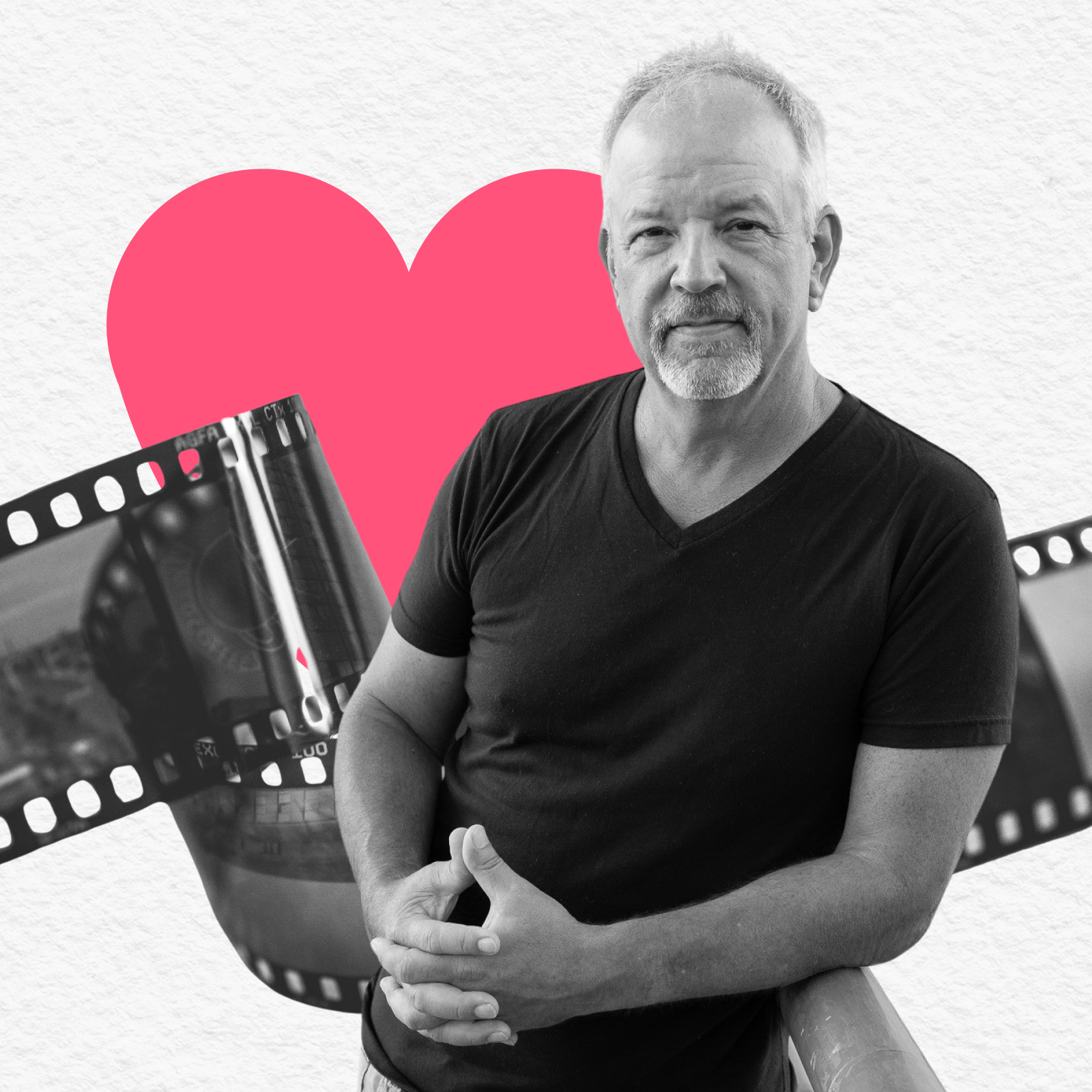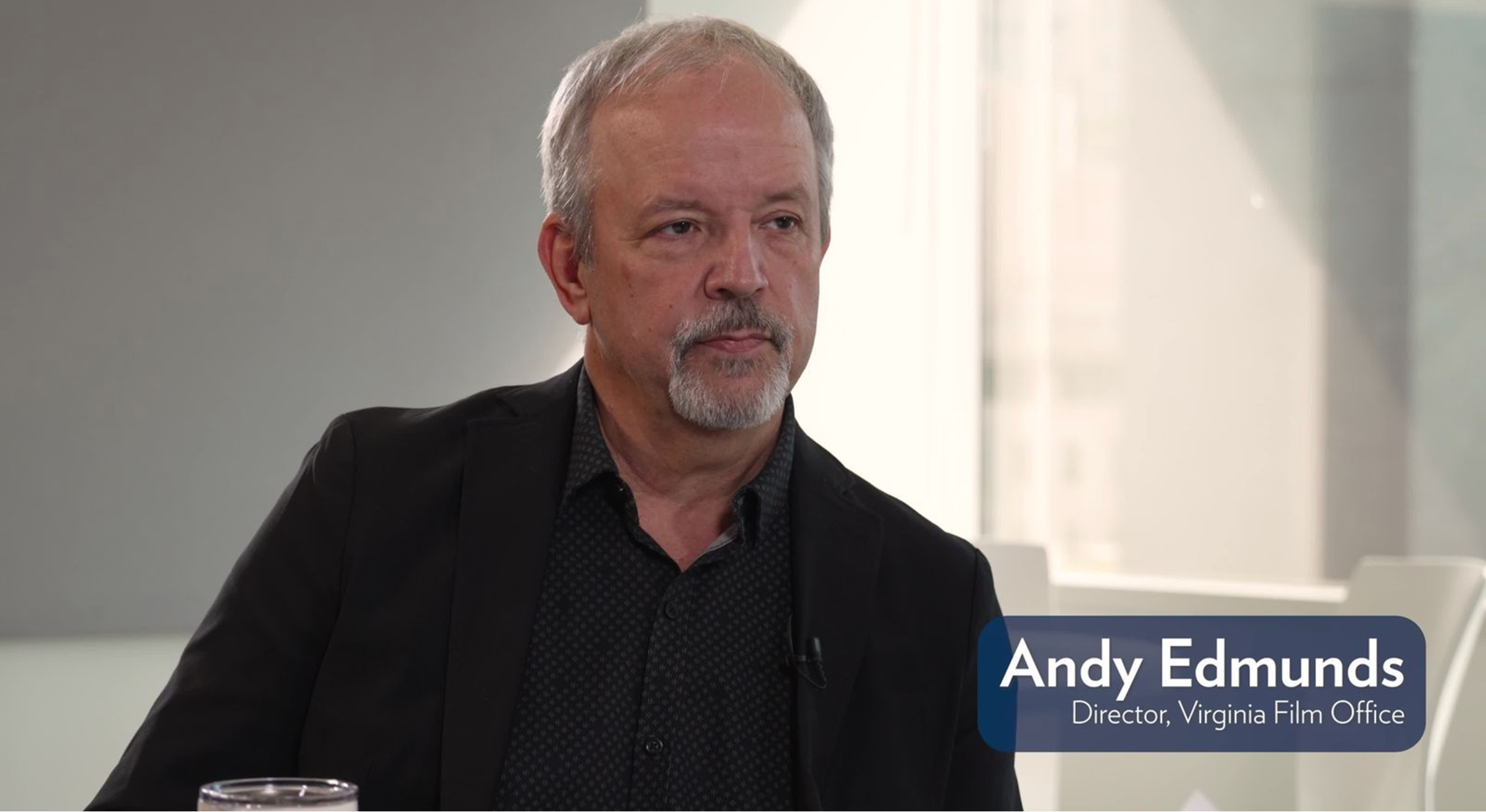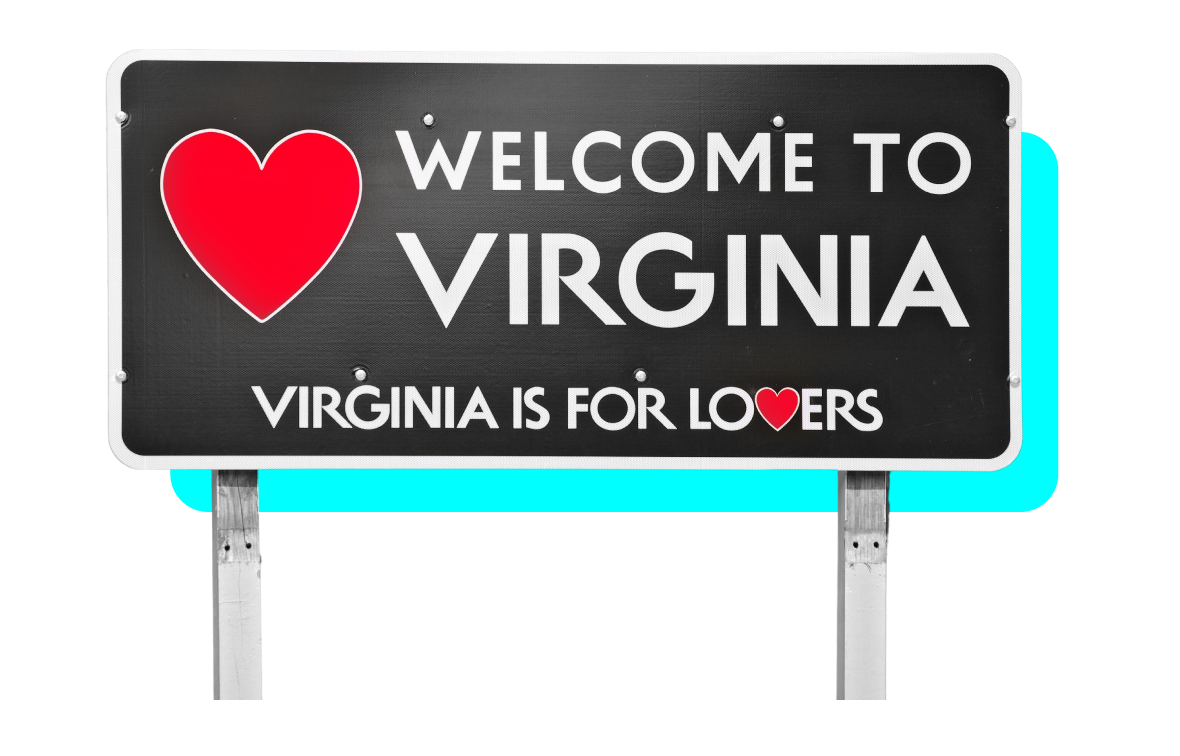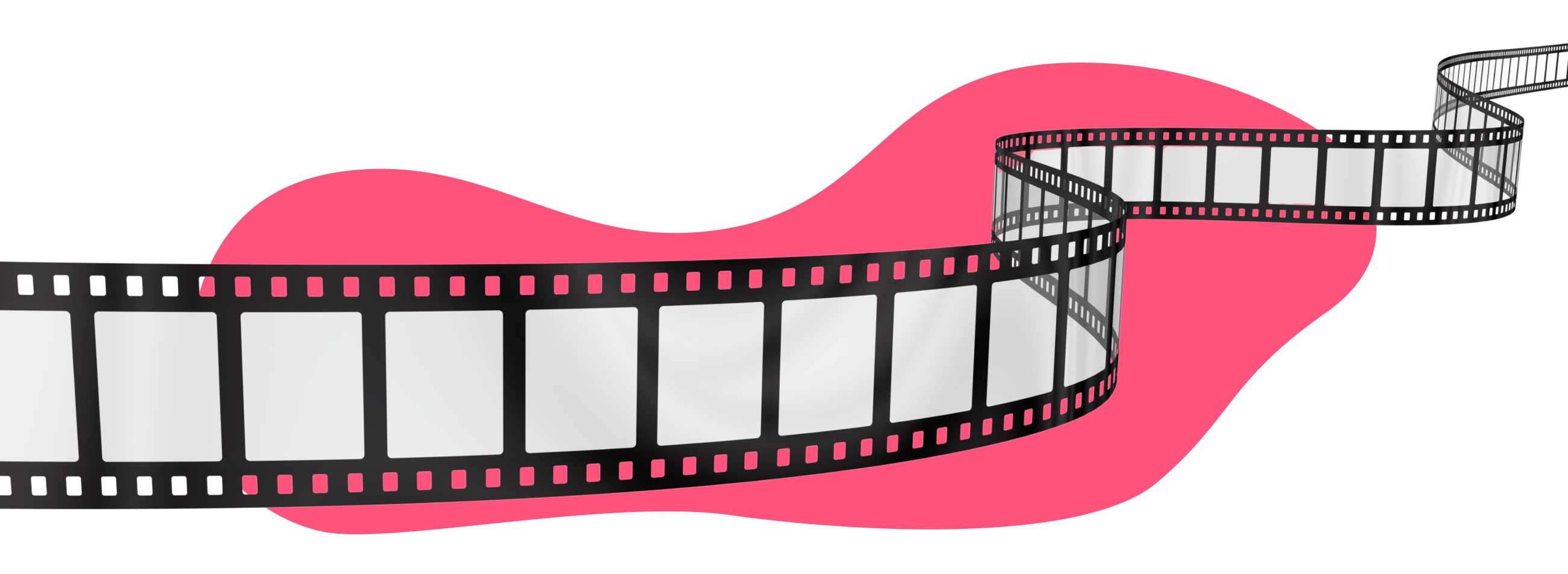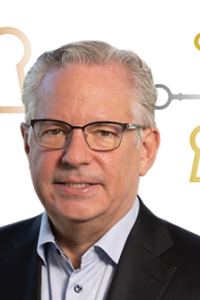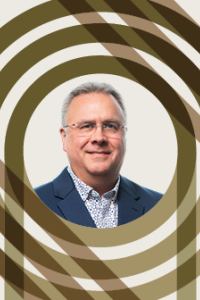Edmunds: It’s about 24% above the state average, I believe. There are about 5,100 people statewide in production. It’s about a $1.1-billion-a-year industry. This includes not just the movies you see press releases about, but a lot of post-production activity in Northern Virginia. It’s Discovery Channel, History Channel, commercial.
People think, “Well, these are temporary jobs,” but really, they’re not temporary. It’s just like the construction business is temporary. You have a developer come in, they create a project, the construction crew builds this factory or building, and then they move on to another project. They’re only temporary in that there are multiple projects per year that you keep the workforce employed on.
These are permanent careers as long as you can induce the workflow to keep people occupied. If the construction business fell down a hole, all those electricians and HVAC workers would not have jobs. We’re in the same kind of situation that they’re not temporary jobs. They’re also good jobs, as I said, with great wages, but they’re jobs and it’s an industry that doesn’t create a lot of waste.
It’s also an industry that can have positive cultural impact. One of the greatest movies we did here was called “Loving,” which is about the Loving v. Virginia case back in the 1950s, where an interracial couple was thrown in jail just for getting married. A movie like that, which has cultural significance to recognize injustice and put this story in context, has future ramifications for people to understand empathy, where we’ve come as a nation, and where we probably need to go. I love it when there’s a project that has super-positive economic and cultural impact, like “Dopesick,” “Harriet,” and “Loving.”
El Koubi: Let’s pick up on that, because that’s another big positive of Virginia’s film industry, isn’t it? We’re both in the business of promoting Virginia. In the case of VEDP, an economic development organization, we’re promoting Virginia to the world as a business investment location. The Virginia Tourism Corporation promotes Virginia as a place to visit.
And a big part of how people learn about our state is through what they see in the media, on film. Can you talk about that aspect of the film industry’s impact? What do we know about how people are learning about Virginia because of this activity?
Edmunds: It’s interesting. For example, when we’re doing a VEDP project, we know we’re building this factory or operation, and we’ll employ 250 people. They’re going to make this amount of money, it’s going to generate this much payroll tax for this amount of time. You can more easily evaluate the value of that project.
With what we do, it’s a little harder to measure because how do you measure community pride, for example? We did the movie “Big Stone Gap” years ago — Adriana Trigiani, Virginia writer — and she wanted to film in her hometown, Big Stone Gap, Va. Not a lot of movie production happens out in Big Stone Gap, but we wanted to make sure they had support to film this movie in the town where the story was set.
We went out there and filmed, and it was such an amazing experience for the community. They had a parade, they had a screening. How do you measure community pride? That’s something of value certainly for our residents, but it’s not something you can measure on a spreadsheet.
Take, for example, the movie “Dirty Dancing.” Mountain Lake Resort out in Giles County. Forty years ago, they filmed this movie. Forty years later, people still plan their vacations around going to see where Patrick Swayze did “Dirty Dancing.” They run dance contests. We’ve had four different spinoffs, from Australia and all over the world, that come and do shows. That does not get measured in the blender of really understanding the true economic impact of film in this state. But it’s definitely something with impact, if you talk to Heidi Stone at Mountain Lake Resort about what it means to their business to have this iconic movie as a marketing tool for decades.
I’ve had other intangible, just amazing experiences over the years. For example, we shot the movie “Evan Almighty” up in Crozet, outside of Charlottesville, and we had to build a full-size Noah’s Ark. It was massive.
It cost millions of dollars to build all these sets in this little neighborhood in Crozet. One day we were scouting in Waynesboro for a scene we wanted to shoot. The director, Tom Shadyac, who went to UVA, is a big cycling enthusiast. There was a little bike shop on the streets of Waynesboro. We walk into a small Virginia business, he meets the bike shop owner, becomes friends with him, and finds out that his wife is having some health issues, and their business is struggling.
Tom says, “Well, you know what? I want to buy a bicycle for everyone on this crew from this shop.” Of course, the owner didn’t have all the bikes — he had to order them. But Tom bought 300-some bicycles for every member of that crew. They’re riding all over the set on little Beach Cruisers. It saved that guy’s business. Changed his world. So, it’s not just about crew members on the job making the movie or TV show at the time.
It’s hard to measure economic reality, but there are also other amazing personal experiences I’ve witnessed. I don’t know if you remember a TV show called “Turn.” It was about George Washington’s spies and how Washington used espionage as a tool to win the Revolution. I’d never heard the story. But it was a great show and we filmed four seasons here.
This woman from Lynchburg said, “Hey, our son really loves this show, and it seems to be the only thing we can connect on,” because her 24-year-old son had autism. But he studied the show, he knew all the history, knew all the characters depicted, could rattle them off. They really would focus as a family — mother, father, and son — and got into the show because the son knew the data like no one else.
She wrote one day and told me about her son, asking, “Do you think you could send a headshot of one of the actors, a signed picture?” And we’re like, “Sure, no problem. I’ll tell you what, we’ll do better than that. Why don’t you come and visit the set?” He came to the State Farm set, sat in the director’s chair, and met all the actors. He knew more about their parts than they did. They were just fascinated that this kid knew all the details about John André and Benedict Arnold, all the characters. The mother wrote back the next day and said, “This was the best day of his life.” How do you measure that? There are hundreds of stories like that.
